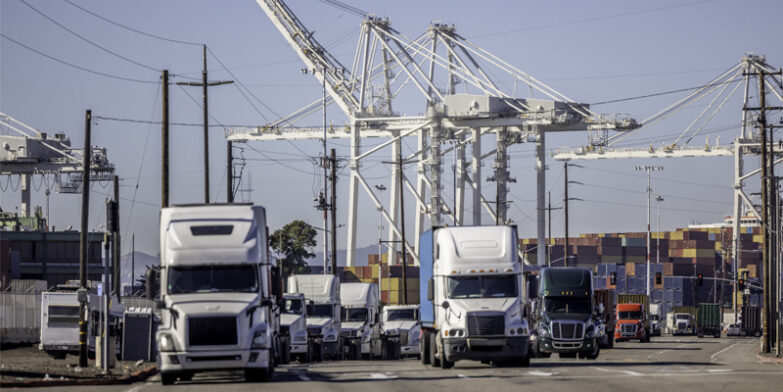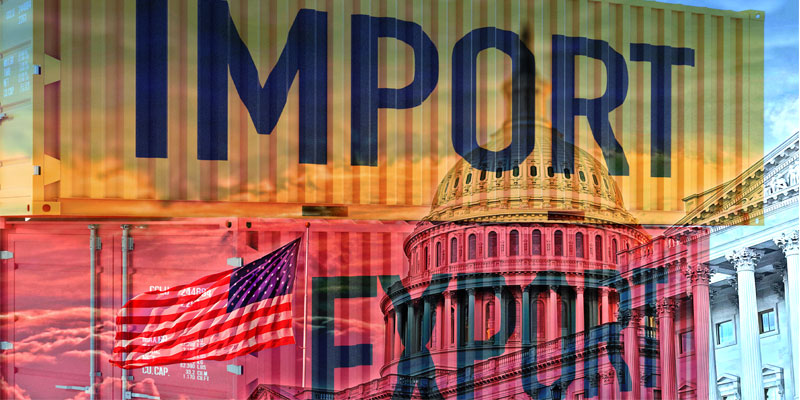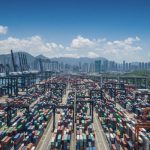
While the White House reintroduced “reciprocal” tariffs, applying baseline duties of 10% to all countries and higher rates of up to 41% depending on origin, the United States and China have agreed to extend their suspension of tariff increases until November.
This new extension has given US importers short-term clarity and may encourage some front-loading of shipments, though the truce remains fragile with tariff risks unresolved.
Overall economic sentiment has improved, with the IMF lifting its global growth forecast to 3% for 2025 and 3.1% for 2026. The UK is projected to be the third-fastest growing advanced economy. Inflationary pressures are easing worldwide, although they remain relatively high in the US.
In yet more positive news for global trade and freight demand, the J.P. Morgan Global PMI Composite Output Index rose from 51.7 in June to 52.4 in July, its strongest reading since December. This signalled continued expansion and annualised global GDP growth of 2.7% in July, up from 2.0% in Q2, though still below the pre-pandemic average of 3.1%.
Sea Freight
Capacity volatility continues to define ocean freight. The extended US–China tariff pause has calmed short-term disruption, but carriers face an imbalance between capacity and demand, particularly on the transpacific where oversupply is pushing rates lower.
Asia–Europe services remain comparatively resilient, though congestion in Northern Europe is compounding delays. Weekly capacity volatility on Asia–Europe trades has risen by around 30% compared with pre-pandemic levels, making scheduling unpredictable for shippers.
Elsewhere, East Coast South America rates have surged more than 120% in recent weeks as demand growth outpaced available tonnage. By contrast, Mediterranean services are seeing rate declines of over 8%, while Far East–US routes continue their downward trajectory, with East Coast lanes falling 13% since July.
Carriers are attempting to stabilise markets through blank sailings, loop adjustments, and the deployment of sustainable vessels. However, the balance between capacity injections and demand growth remains fragile, leaving rate outlooks unsettled.
Air Freight
Air freight experienced a sharp rebound in July after a muted June, driven by tariff-related front-loading and a modal shift from sea. Global tonnages rose 8% month on month and 5% year on year, lifting dynamic load factors to 58%.
Asia–Europe lanes benefitted most, with China and Hong Kong shipments increasing by around 15% on a year ago, supported by eCommerce and high-value goods. Transatlantic flows also strengthened, aided by seasonal demand and limited passenger belly-hold capacity.
However, Southeast Asia–Europe volumes slipped as capacity redeployed to stronger markets, and North America showed mixed trends. Overall, air freight rates held steady in July, with the Baltic Air Freight Index up 1.5% month on month but still below 2024 levels.
London outbound rates rose 30% year on year, while Southeast Asia–Europe saw a 22% decline. With the end of the US de minimis duty exemption due later this month, further short-term rate spikes are likely.
Trucking
The US trucking sector is showing early signs of recovery, though progress remains uneven. Shipment volumes rose over 2% in the second quarter compared with the first, while freight spend also edged higher – the first simultaneous quarterly gains in three years. All five major regions posted sequential increases, led by strong growth in the south-west.
Year on year, the picture is weaker, with shipments nearly 10% lower and spend down around 5%. However, this marked the smallest annual decline in volumes since late 2023. Regional performance varied sharply: shipments rose modestly in the north-east and west but fell double digits in the south-east and south-west.
Capacity adjustments, with fleets exiting the market and large carriers rebalancing, have supported spend growth despite flat contract rates and spot rates declining slightly. Lower diesel costs also weighed on revenues. Overall, the market shows tentative improvement, but recovery remains fragile amid tariff uncertainty.
With the global freight landscape shaped by diverging capacity conditions, tariff fallout, and persistent labour and infrastructure constraints, the need for proactive, data-driven logistics strategies has never been greater.
For tailored insights or support optimising your supply chain amid these challenges, contact the Global Forwarding team today.





